
Through the Looking-Glass, and What Alice Found There is a novel published on 27 December 1871 by Lewis Carroll, a mathematics lecturer at Christ Church, University of Oxford, and the sequel to Alice's Adventures in Wonderland (1865). Alice again enters a fantastical world, this time by climbing through a mirror into the world that she can see beyond it. There she finds that, just like a reflection, everything is reversed, including logic.

Alice's Adventures in Wonderland is an 1865 English children's novel by Lewis Carroll, a mathematics don at Oxford University. It details the story of a young girl named Alice who falls through a rabbit hole into a fantasy world of anthropomorphic creatures. It is seen as an example of the literary nonsense genre. The artist John Tenniel provided 42 wood-engraved illustrations for the book.
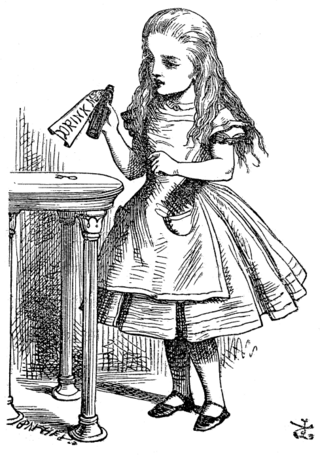
Alice is a fictional character and the main protagonist of Lewis Carroll's children's novel Alice's Adventures in Wonderland (1865) and its sequel, Through the Looking-Glass (1871). A child in the mid-Victorian era, Alice unintentionally goes on an underground adventure after falling down a rabbit hole into Wonderland; in the sequel, she steps through a mirror into an alternative world.

Alice Pleasance Hargreaves was an English woman who, in her childhood, was an acquaintance and photography subject of Lewis Carroll. One of the stories he told her during a boating trip became the classic 1865 children's novel Alice's Adventures in Wonderland. She shared her name with "Alice", the story's heroine, but scholars disagree about the extent to which the character was based upon her.

Gertrude Chataway (1866–1951) was the most important child-friend in the life of the author Lewis Carroll, after Alice Liddell. It was Gertrude who inspired his great nonsense mock-epic The Hunting of the Snark (1876), and the book is dedicated to her, and opens with a poem that uses her name as a double acrostic.

Alexandra "Xie" Rhoda Kitchin was a notable 'child-friend' and favourite photographic subject of Charles Lutwidge Dodgson.
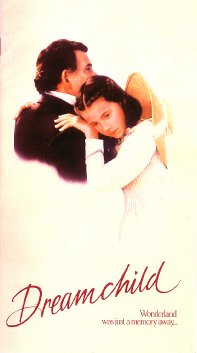
Dreamchild is a 1985 British drama film written by Dennis Potter, directed by Gavin Millar, and produced by Rick McCallum and Kenith Trodd. The film, starring Coral Browne, Ian Holm, Peter Gallagher, Nicola Cowper and Amelia Shankley, is a fictionalised account of Alice Liddell, the child who inspired Lewis Carroll's 1865 novel Alice's Adventures in Wonderland.

The Looking Glass Wars is a series of three novels by Frank Beddor, heavily inspired by Lewis Carroll's 1865 novel Alice's Adventures in Wonderland and its 1871 sequel Through the Looking-Glass. The premise is that the two books written by Lewis Carroll are a distortion of the "true story".
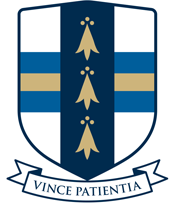
Twyford School is a co-educational, private, preparatory boarding and day school, located in the village of Twyford, Hampshire, England.
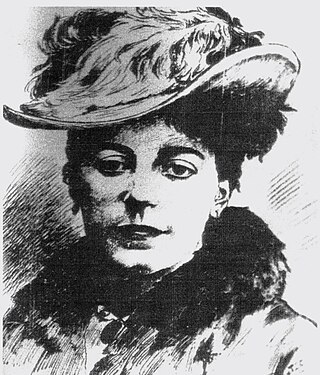
Emily Gertrude Thomson (1850–1929) was a British artist and illustrator.
"All in the golden afternoon" is the preface poem in Lewis Carroll's 1865 book Alice's Adventures in Wonderland. The introductory poem recalls the afternoon that he improvised the story about Alice in Wonderland while on a boat trip from Oxford to Godstow, for the benefit of the three Liddell sisters: Lorina Charlotte, Alice Pleasance, and Edith Mary. Alice gave her name to Carroll's main character.

Alice in Wonderland is a 1949 French film based on Lewis Carroll's 1865 fantasy novel Alice's Adventures in Wonderland. Directed by Dallas Bower, the film stars Carol Marsh as Alice, Stephen Murray as Lewis Carroll, and Raymond Bussières as The Tailor. Most of the Wonderland characters are portrayed by stop-motion animated puppets created by Lou Bunin.

Charles Lutwidge Dodgson, better known by his pen name Lewis Carroll, was an English author, poet and mathematician. His most notable works are Alice's Adventures in Wonderland (1865) and its sequel Through the Looking-Glass (1871). He was noted for his facility with word play, logic, and fantasy. His poems Jabberwocky (1871) and The Hunting of the Snark (1876) are classified in the genre of literary nonsense.

Isa Bowman (1874–1958) was an actress, a close friend of Lewis Carroll and author of a memoir about his life, The Story of Lewis Carroll, Told for Young People by the Real Alice in Wonderland.

Lewis Carroll: A Biography is a 1995 biography of author Lewis Carroll by Morton N. Cohen, first published by Knopf, later by Macmillan. It is generally considered to be the definitive scholarly work on Carroll's life. Cohen's approach is mainly chronological, with some chapters grouped by theme, such as those on Carroll's religion, his love of little girls, and his guilty feelings. Cohen, a Carroll scholar for 30 years, opts to use Dodgson's first name, Charles, throughout the work, because it "seems most appropriate in a book dealing with the intimacy of his life".
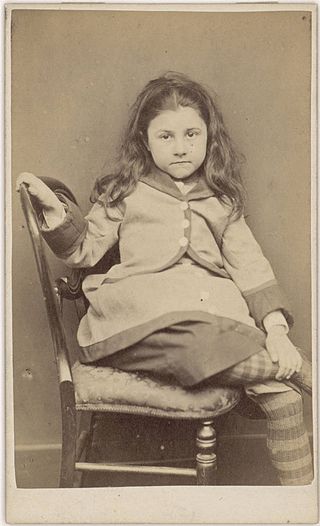
Beatrice Sheward Hatch was an English muse of Charles Lutwidge Dodgson, better known as Lewis Carroll. She was one of a select few children that Dodgson photographed naked, therefore making Hatch the subject of much contemporary study and speculation. Photographs of Hatch still inspire artistic work in contemporary times.
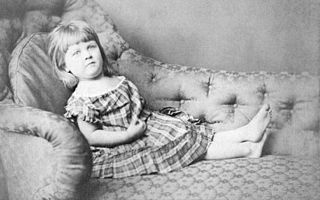
Ethel Charlotte Chase Hatch was a British artist known for her floral scenes and for her association with Charles Lutwidge Dodgson, more commonly known as Lewis Carroll. She was a society figure, belonging to the British upper class; she was the daughter of Rev. Edwin Hatch, as well as the sister of Beatrice Sheward Hatch and Evelyn Maud Hatch.

Ethel Margaret Arnold was an English journalist, author, and lecturer on female suffrage.

JuliaHuxley was a British scholar. She founded Prior's Field School for girls, in Godalming, Surrey in 1902.

Phoebe Ellen Carlo was an English actress of the late Victorian era. She is most notable for playing Alice in the musical Alice in Wonderland (1886), making her the first actress to play the titular character in a professional production of Lewis Carroll's Alice's Adventures in Wonderland (1865), having been personally selected by the author for the role.



















